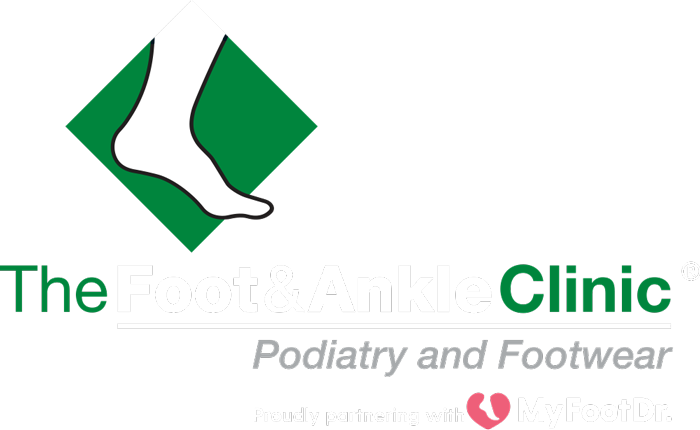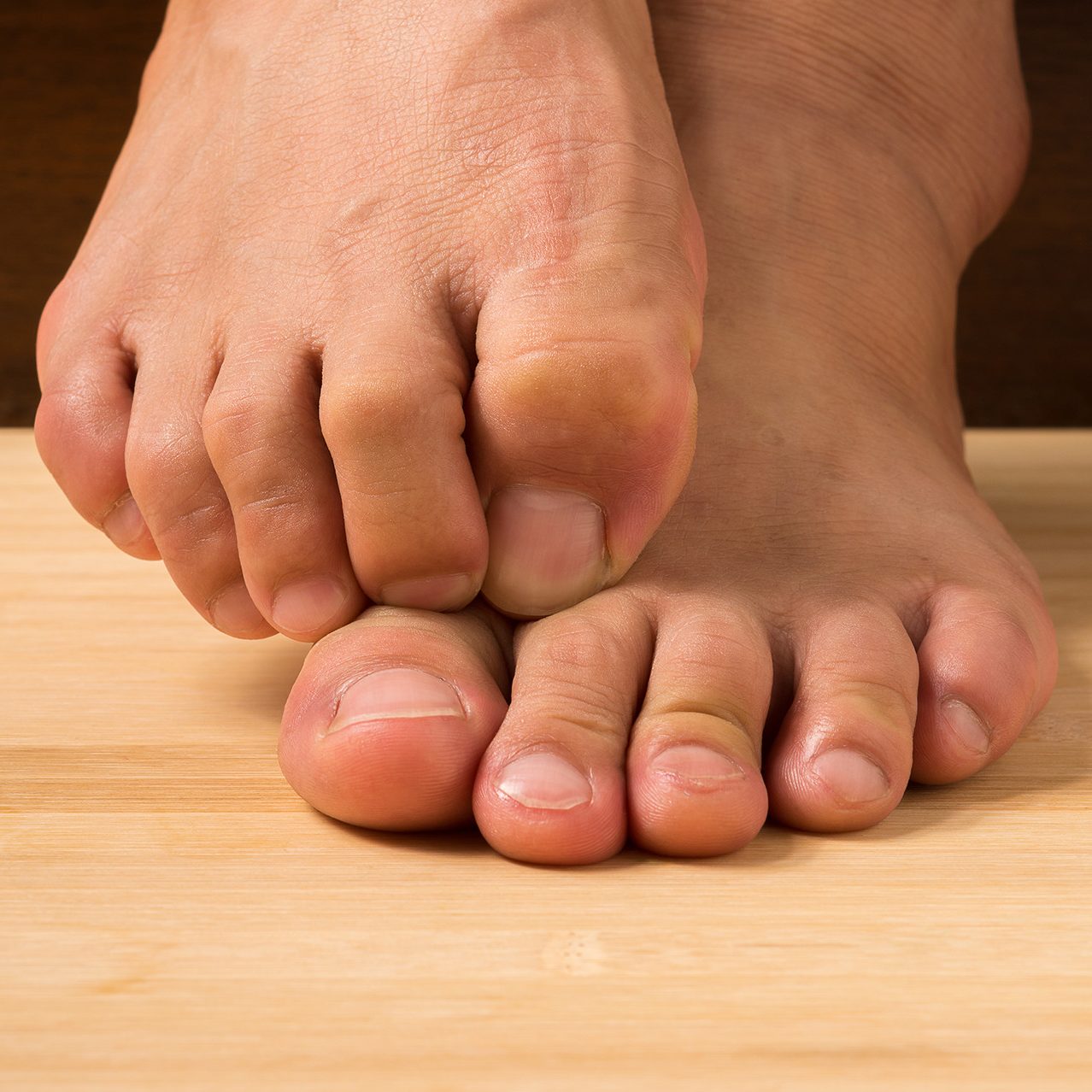Hallux Rigidus – Turf Toe
Hallux Rigidus, also known as Turf Toe, is a disorder of the joint located at the base of the big toe. It causes pain and stiffness in the joint, and with time, it gets increasingly harder to bend the toe. Hallux refers to the big toe, while Rigidus indicates that the toe is rigid and cannot move.
Hallux Rigidus is actually a form of degenerative arthritis.
This disorder can be very troubling and even disabling since we use the big toe whenever we walk, stoop down, climb up or even stand.
Many patients confuse Hallux Rigidus with a bunion, which affects the same joint, but they are very different conditions requiring different treatment.
Because Hallux Rigidus is a progressive condition, the toe’s motion decreases as time goes on. In its earlier stage, when motion of the big toe is only somewhat limited, the condition is called Hallux Limitus. But as the problem advances, the toe’s range of motion gradually decreases until it potentially reaches the end stage of rigidus, in which the big toe becomes stiff or what is sometimes called a frozen joint.
Causes of Hallux Rigidus
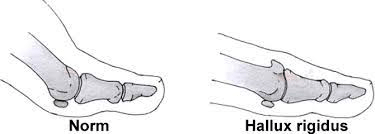
There is no single cause of Hallux Rigidus. It may develop because of overuse of the joint, such as in workers who have to stoop and squat or athletes who place a great deal of stress on the joint. It may occur after an injury, such as stubbing the toe or spraining the joint (called “turf toe” in athletes). In some people, Hallux Rigidus runs in the family and comes from inheriting a foot type or a way of walking that may lead to this condition. Osteoarthritis (wear and tear arthritis) and inflammatory diseases such as rheumatoid arthritis or gout are other possible causes of Hallux Rigidus.
Common causes of Hallux Rigidus are faulty function (biomechanics) and structural abnormalities of the foot that can lead to osteoarthritis in the big toe joint. This type of arthritis—the kind that results from wear and tear—often develops in people who have defects that change the way their foot and big toe functions. For example, those with fallen arches or excessive pronation (rolling in) of the ankles are susceptible to developing Hallux Rigidus. In some people, Hallux Rigidus runs in the family and is a result of inheriting a foot type that is prone to developing this condition. In other cases, it is associated with overuse, especially among people engaged in activities or jobs that increase the stress on the big toe, such as workers who often must stoop or squat. Hallux Rigidus can also result from an injury, such as stubbing your toe. Or it may be caused by inflammatory diseases, such as rheumatoid arthritis or gout. Your foot and ankle surgeon can determine the cause of your Hallux Rigidus and recommend the best treatment.
Symptoms of Hallux Rigidus
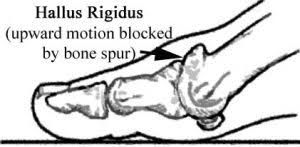
Patients with Hallux Rigidus will typically present with pain, stiffness, and swelling in the great toe joint. This is aggravated by activities that involve excessive, repetitive upward movement of the big toe joint, such as prolonged walking, running, and walking up hills. Swelling usually occurs along the top half of the joint, and will be frequently associated with bone spur formation, recognized as a “new prominence” by the patient. As the condition progresses, patients often compensate by putting more weight on the outside of the foot as they walk.
Early signs and symptoms include:
- Pain and stiffness in the big toe during use (walking, standing, bending, etc.)
- Pain and stiffness aggravated by cold, damp weather
- Difficulty with certain activities (running, squatting)
- Swelling and inflammation around the joint
As the disorder gets more serious, additional symptoms may develop, including:
- Pain, even during rest
- Difficulty wearing shoes because bone spurs (overgrowths) develop
- Dull pain in the hip, knee or lower back due to changes in the way you walk
- Limping (in severe cases)
Diagnosis of Hallux Rigidus
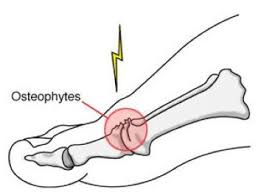
If you find it difficult to bend your toe up and down or find that you are walking on the outside of your foot because of pain in the toe, see your Podiatrist right away. Hallux Rigidus is easier to treat when the condition is caught early. If you wait until you see a bony bump on the top of your foot, the bone spurs will have already developed and the condition will be more difficult to treat.
In diagnosing Hallux Rigidus, the surgeon will examine your feet and move the toe to determine its range of motion
Weight-bearing foot x-rays will usually identify some loss of first MTP joint cartilage, seen as narrowing of this space on the x-ray as well as joint fragmentation or osteophytes forming in and around the joint itself – as compared to other similar spaces seen in nearby unaffected joint erosions.
Nonsurgical Treatment
In many cases, early treatment may prevent or postpone the need for surgery in the future. Treatment for mild or moderate cases of Hallux Rigidus may include:
- Shoe modifications. Shoes with a large toe box put less pressure on your toe. Stiff or rocker-bottom soles may also be recommended. Wearing a shoe with a large toe box will reduce the pressure on the toe, and you will probably have to give up wearing high heels.
- Orthotic devices. Custom orthotic devices may improve foot function.
- Medications. Oral nonsteroidal anti-inflammatory drugs (NSAIDs), such as ibuprofen, may be recommended to reduce pain and inflammation.
- Injection therapy. Injections of corticosteroids may reduce inflammation and pain.
- Physical therapy. Ultrasound therapy or other physical therapy modalities may be undertaken to provide temporary relief.
When Is Surgery Needed for Hallux Rigidus?
In some cases, surgery is the only way to eliminate or reduce pain. Several types of surgery are available for treatment of Hallux Rigidus.

The Foot and Ankle Clinic’s resident Foot and Ankle Surgeon Dr. Mark Gilheany is an expert in examining and surgically correcting Hallux Rigidus deformity and will work with you to select the procedure for your particular case and take into consideration the extent of your deformity based on the x-ray findings, your age, your activity level and other factors. The length of the recovery period will vary depending on the procedure or procedures performed.
At the Foot and Ankle Clinic our highly qualified team of Podiatrists are all members of the Australian Podiatry Association and offer a combined 50 years’ experience. They are trained to diagnose and effectively treat Hallux Rigidus via a range of treatments.
Put your feet in our hands! See us today in Chadstone, East Bentleigh, Moe, Sale, Traralgon, Warragul & Online Store and Retail Enquiries. NO REFERRAL NEEDED!.
